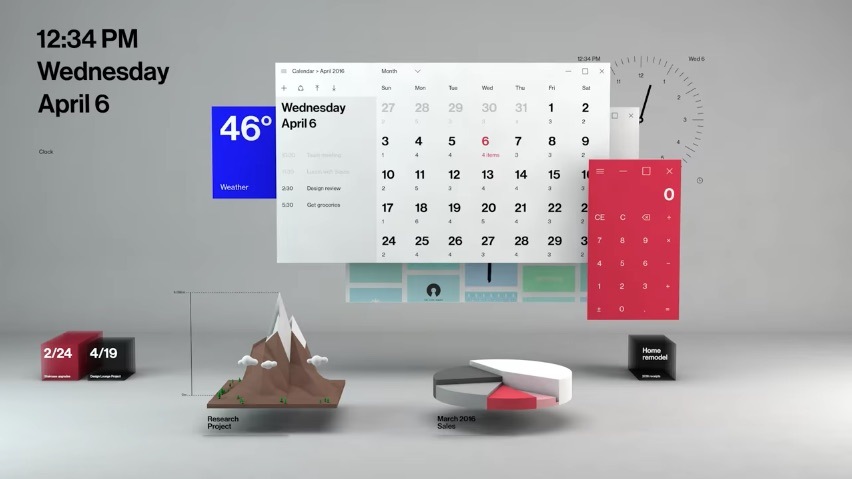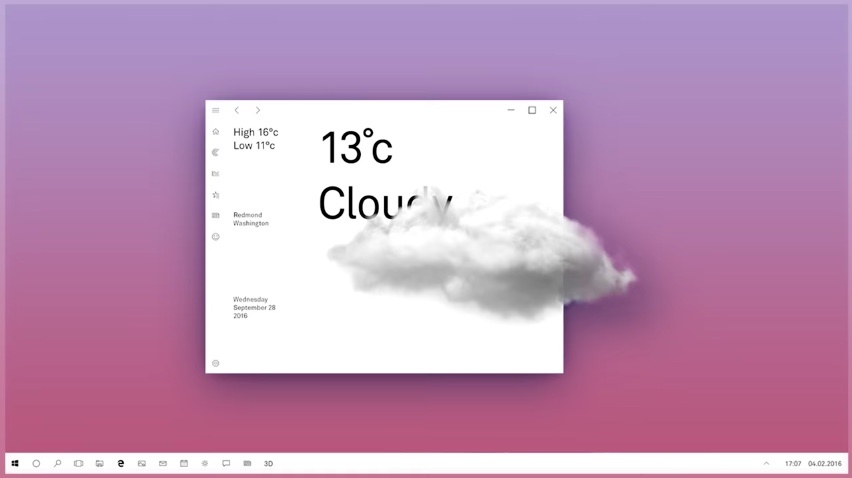Short Bytes:At Build 2017 Day 2, Microsoft made its Project Neon official. Now called Fluent Design System, this project will slowly change the look and feel of all Windows apps. It’s based on five fundamentals: light, depth, motion, material, and scale. Transition to Fluent Design System will take place slowly over the course of next few months.
Some of the elements of Fluent Design System will be implemented in Windows 10 as a part of the Windows 10 Fall Creators Update. This next big Windows 10 update will arrive in September and you can read our dedicatedFall Creators Update articleto more about the same. Fluent Design System is being seen as a success to Microsoft’s Metro Design.

Recommended:Ubuntu Linux Arrives In Windows Store, Fedora And openSUSE Also Getting Support
WTF Is Fluent Design System?
Fluent Design System will bring a slow change in Microsoft’s design philosophy. If you’re thinking that it’ll only bring changes to Windows 10, think twice. Apart from Windows, iOS, and Android apps, Fluent Design System will also govern the look of apps compatible with devices like HoloLens.
The rollout of Fluent Design System will be first delivered to the members of Insider program. you’re able to read this article to know how to join thefast ring of Windows 10 Insider programto grab the new features before everyone else.

Microsoft has also released a video highlight the future look and feel of Windows ecosystem, apps, and devices. Take a look:

5 Fundamentals of Microsoft Fluent Design System
Microsoft’s Fluent design can be described using 5 fundamental elements. They are:
Here are some more pictures:
Some elements of Fluent Design System have already been seen in Google’s Material Design and Microsoft’s own Metro UI. While it’s in the early days, the mockups surely look cool.
Did you like Windows Fluent Design System? Don’t forget to share your feedback with us.